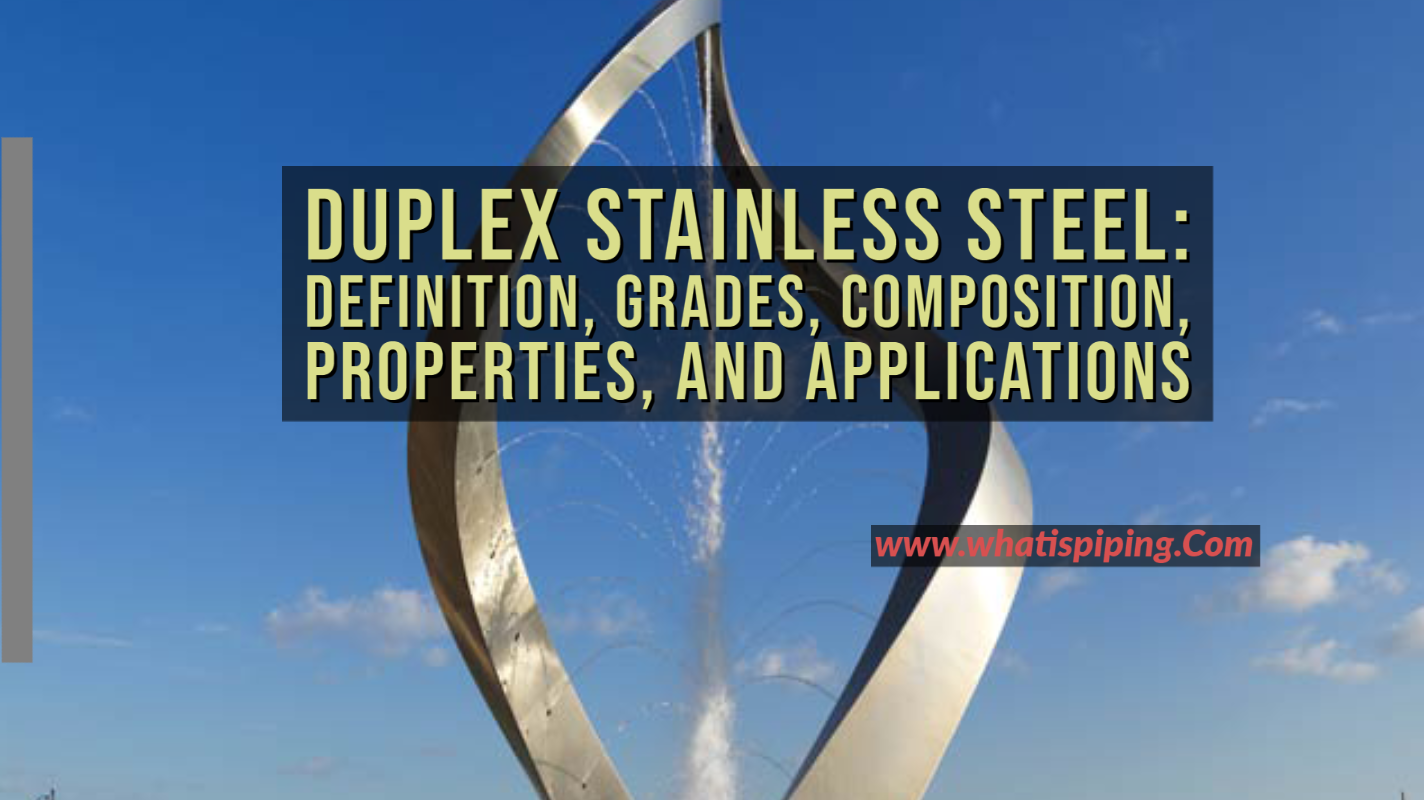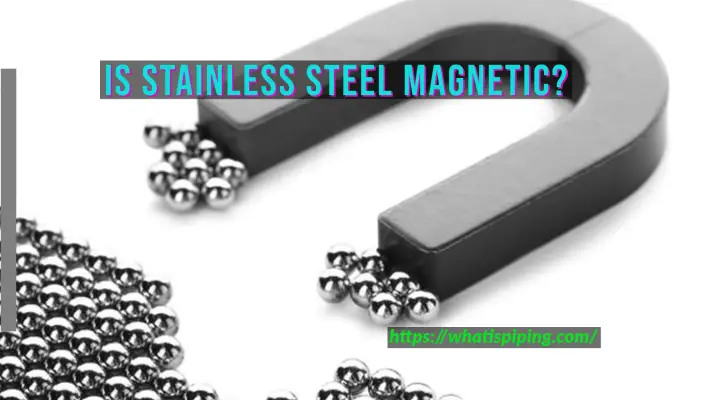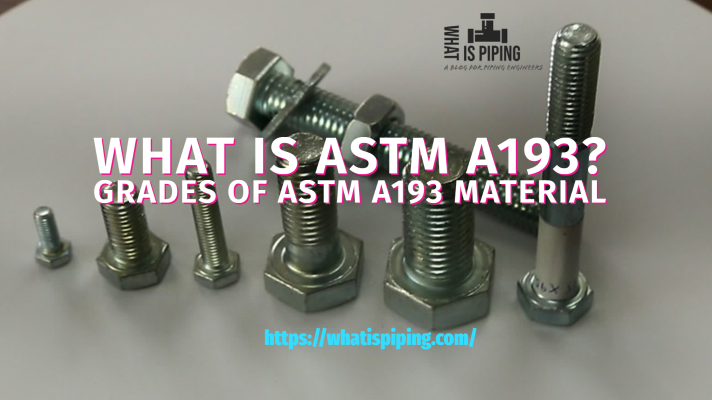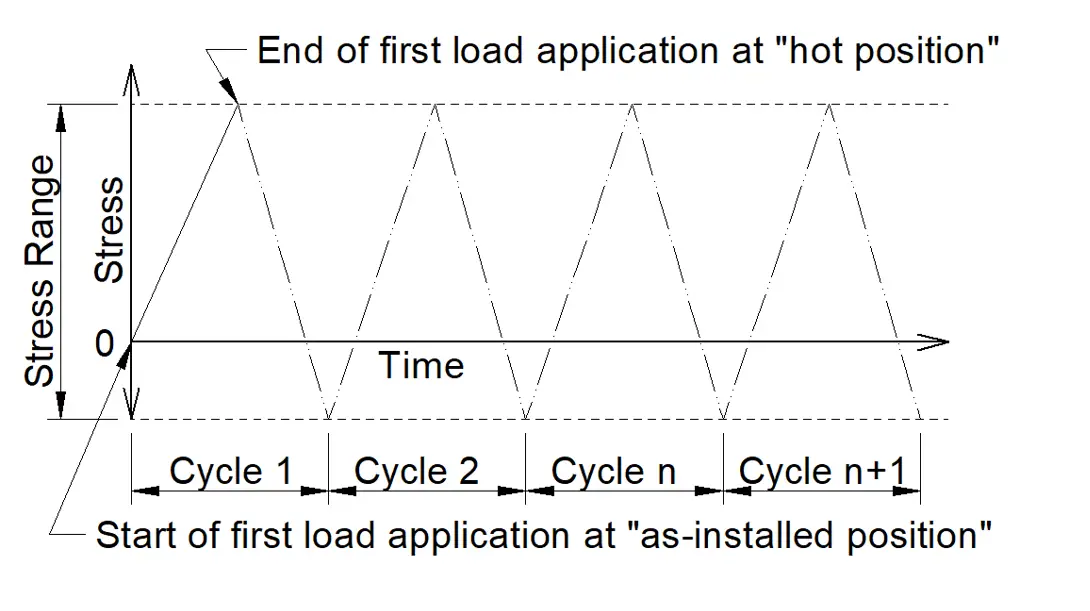Both 304 and 316 stainless steels are austenitic grade stainless steels having very good corrosion resistance. Also popular as A2 by the International Organization for Standardization ISO 3506; 304-grade stainless steel is the most widely used SS grade. It accounts for more than 50% of all stainless steel produced in this world. According to use, the 316-grade stainless steel comes into the second position. As per ISO 3506, 316 grade is popular as A4. At a quick glance, both 304 and 316 stainless steel grades may seem to be similar as there are many similarities in properties of both 304 and 316 grades. But there are some distinct differences. In the following section, we will find out the differences between 304 and 316 grades of stainless steel.
What is 304 stainless steel?
304 grade of stainless steel is an austenitic grade of stainless steel alloy consisting of 18 to 20% chromium and 8 to 10.5% nickel. Manganese, silicon, and carbon are the other major allowing elements with the base metal as iron. The presence of high amounts of chromium and nickel provides excellent corrosion resistance and because of this 304 stainless steel is widely used in
- Auto moldings and trim
- Storage tanks
- Wheel covers
- Heat exchangers
- Storage tanks
- Electrical enclosures
- Kitchen equipment and appliances like diswasher, refrigerators, etc
- Decorative trims
- Water and sewage treatment
- Fasteners
- Piping and piping components, etc
What is 316 stainless steel?
316-grade stainless steel also contains a high amount of nickel and chromium. they also contain 2 to 3% molybdenum which increases the corrosion resistance further. So, 316 grades of stainless steel provide added corrosion resistance as compared to 304 grades. Common applications of 316 grade stainless are:
- Stainless steel floats.
- Pulp and paper mills
- Heavy industrial, Chemical processing and storage equipment.
- Refinery equipment.
- Food and Beverage processing facilities with extreme environments.
- Medical and pharmaceutical devices.
- Offshore oil & gas
- Marine environments, especially those with chlorides present.
What are the differences between 304 and 316 stainless steel?
From the above discussion, we know about the 304 and 316-grade stainless steels. Let’s find out the major differences between these two grades; 304 vs 316 stainless steel.
1. 304 vs 316 stainless steel: Composition
As stated above, the major difference in both stainless steel grades is in their composition. 304 stainless steel is composed of 18% chromium, 8% nickel. On the other hand, 316 stainless steel consists of 16% chromium, 10% nickel, and 2% molybdenum.
2. 304 vs 316 stainless steel: Corrosion resistance
316 grade of stainless steel possesses added corrosion resistance capability. The main weakness of 304 stainless steel is that they are susceptible to pitting corrosion in a high chloride environment or saline environment. Whereas, 316 grades, due to the presence of molybdenum and increased nickel content can easily resist chlorides and acids. Because of these 316-grade stainless steel is widely used for marine and chemical processing applications.
3. 304 vs 316 stainless steel: Cost
Due to the addition of additional nickel and molybdenum, 316-grade stainless steels are costly as compared to 304-grade stainless steels.
4. 304 vs 316 stainless steel: Melting point
The melting point of 304-grade stainless steel (1,399°C – 1,454°C) is slightly higher than 316-grade stainless steel (1,371 °C – 1,399 °C).
5. 304 vs 316 stainless steel: Mechanical properties
316-grade stainless steel has slightly greater strength, hardness, and elevated temperature properties. 304 stainless steel has better weldability and formability as the addition of molybdenum reduces the weldability and formability of 316 grade.
So, overall 316-grade stainless steel is considered superior to 304-grade stainless steel but that comes with an added price. So, the selection between 304 vs 316 stainless steel must be done considering the application. 316 grades to be selected only if the application involves highly corrosive environments (caustic solution, chlorine solution, highly acidic environment, seawater, etc).
What is 304L/316L stainless steel?
304L and 316L stainless steels are extra low carbon variations of those grades. By reducing the carbon amount in those grades, the carbide precipitation during welding is avoided. These low carbon grades provide similar corrosion resistance but their mechanical properties slightly degrade.
Difference between 304/316 and 304L/316L stainless steel grades: 304/316 vs 304L/316L
As defined above the letter “L” in 304L and 316L denotes lower carbon variation of those stainless steel grades. As per AISI the carbon content in 304 and 316 basic grades are maximum 0.08% maximum whereas the same in 304L/316L is 0.03% maximum.
The main purpose to maintain carbon levels below 0.03% is to avoid inter-crystalline corrosion at elevated temperatures (450 to 850°C) applications. Also, it is believed that lower carbon variants have better weldability as compared to their base variants.
What is the meaning of dual certified 304/304L or 316/316L stainless steel?
In recent times, manufacturers produce dual certified stainless steel grades. The term “dual certification” is most widely used to refer to the practice of certifying a material as meeting the requirements of a specification(s) as two different alloys. For example, “dual” certification is that of 304 and 304L (or 316 and 316L) meets the lower carbon range as per 304 L and minimum properties of regular grade 304.









what is TP304 meaning
Simply, TP means TYPE; i.e. A 312 Type 304. This is because AISI classifies stainless steels in types. For example: type 304, 316, 304 L etc